
People In The Sea Free Stock Photo Public Domain Pictures
The main current theory advanced to explain the origin and actions of the Sea Peoples has been described by Eliezer D. Oren [iii] as "the collapse of the two great empires of that day—the Hittite in Anatolia and the Mycenaean in Greece—brought about their (peoples') mass migrations to the coastlands of the Levant and Cyprus."
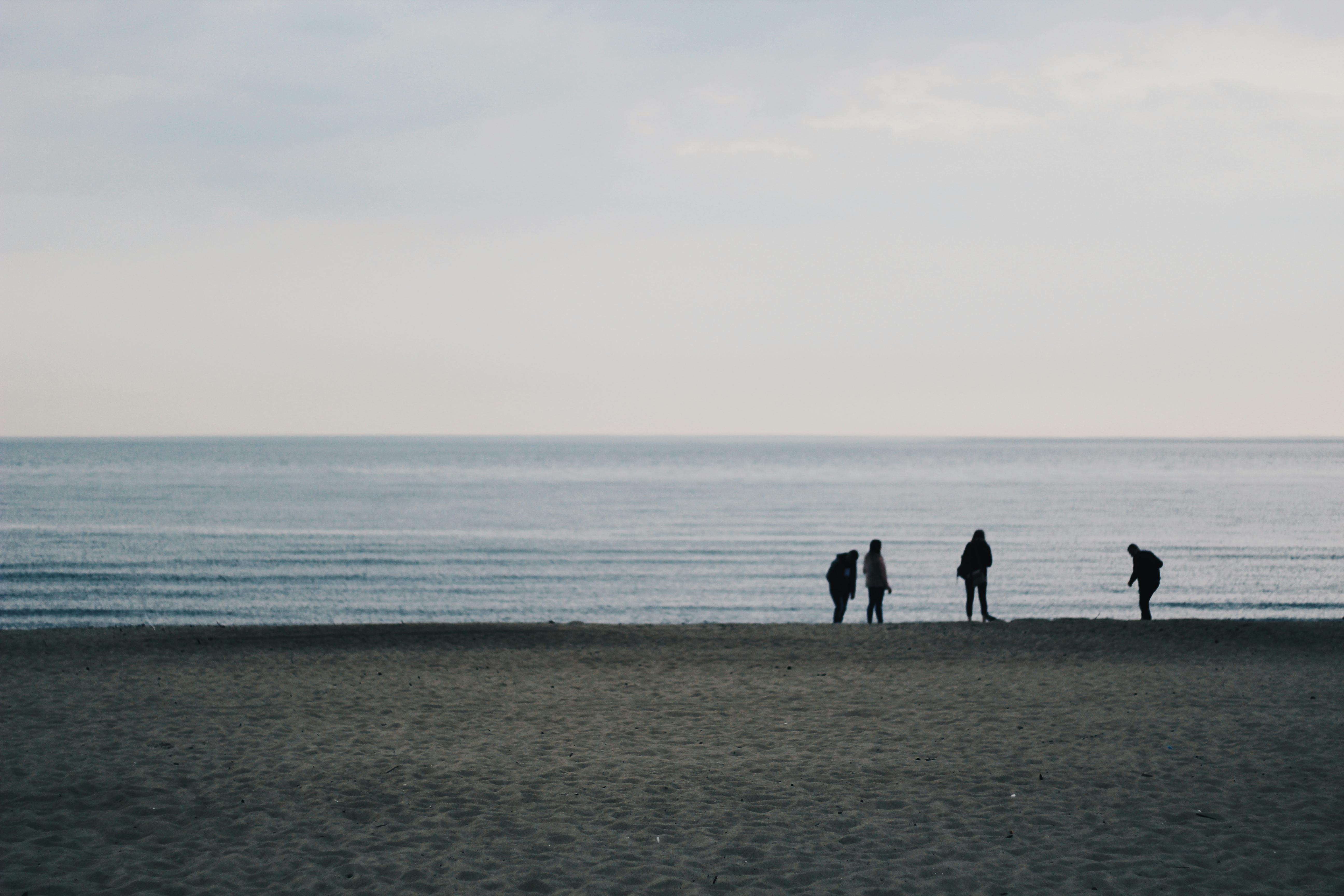
Free stock photo of people, sea
Men were rescued by seals in stormy seas, took seal-women for their wives and had their children suckled by seal-mothers. Timeless and haunting, The People of the Sea retains its spellbinding charm and brings to life the enchanting stories of these mysterious creatures of Celtic folklore. Publisher: Canongate Books.

Free stock photo of people, sea
The Egyptians originally coined the name "Peoples of the Sea" for the foreign contingents that the Libyans brought in to support their attack on Egypt in c. 1220 BC during the reign of Pharaoh Merneptah.

Sea Peoples History Arch
Kindle $9.99 Rate this book Raised among Scottish fishermen and storytellers, David Thomson was obsessed from childhood by the Celtic seal legend, the body of tales and songs about the "selchie," or gray Atlantic seal.
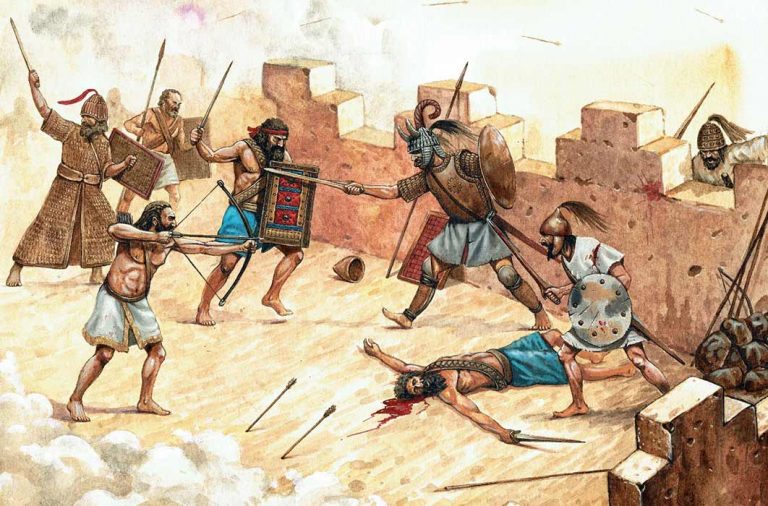
[Article] Ancient Origins The Elusive Origins Of The Danuna Of The Sea
Introduced by Seamus Heaney, The People of the Sea brings to life the legend of the mythical selchies, in beautiful, poetic prose. Timeless and haunting, The People of the Sea retains its spellbinding charm and brings to life the enchanting stories of these mysterious creatures of Celtic folklore. "Readers will be carried away on successive.

The Sea Peoples Life and Landscapes
French Egyptologist Emmanuel de Rougé coined the very term "Sea Peoples" (or "peoples of the sea") in 1855 to describe the military force depicted in a relief from the era of Ramesses III. An inscription from this same time speaks of what the Sea Peoples did to Egypt's neighboring lands in the early 12th century B.C.:

Sea of people TheFunnyPlace
The term "peuples de la mer" (literally meaning "peoples of the sea") was first concocted by French Egyptologist Emmanuel de Rougé whilst studying reliefs at Medinet Habu, becoming further popularised with an associated migration theory in the late 19th century.
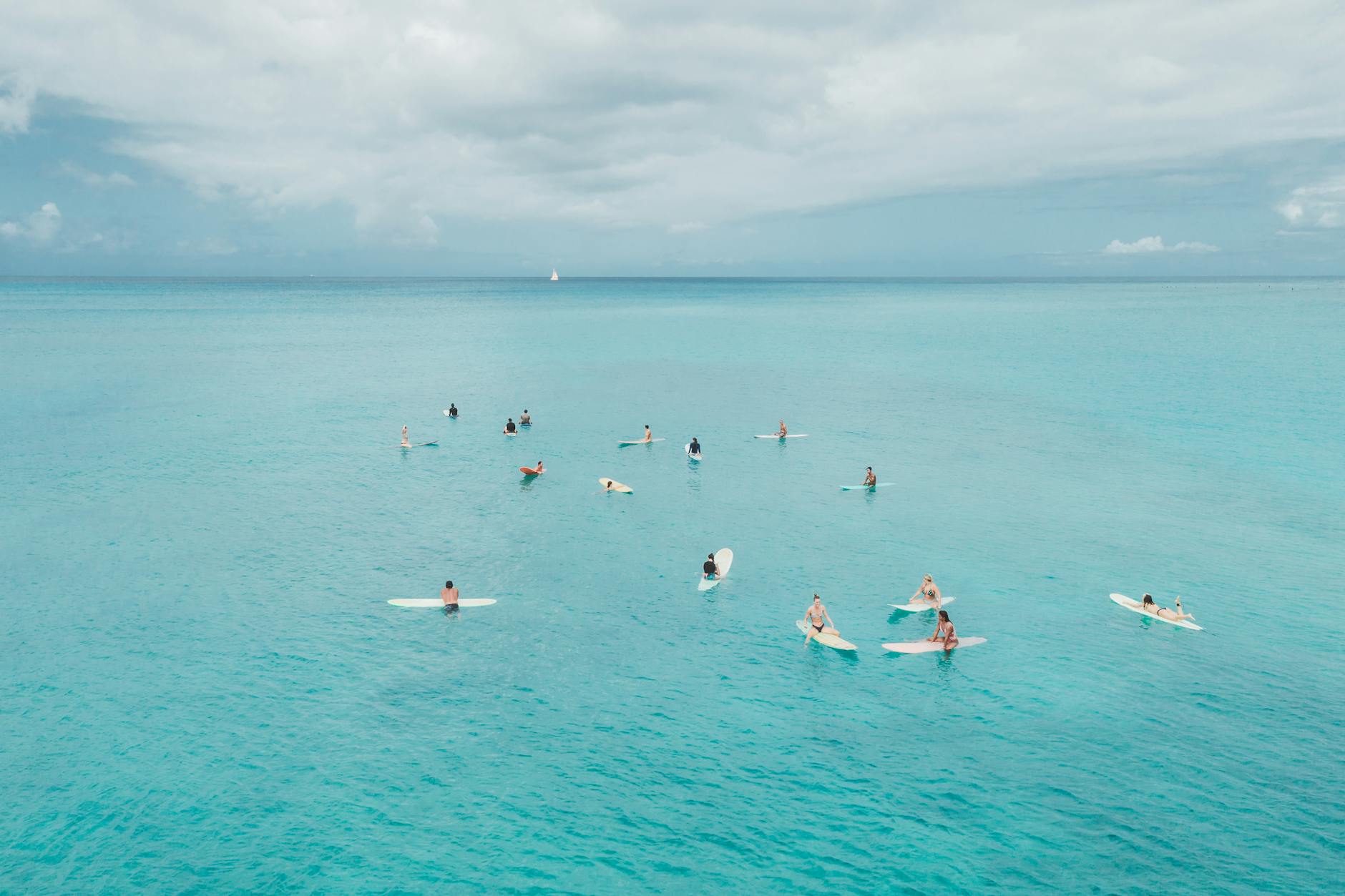
People in the Sea · Free Stock Photo
From Wikipedia, the free encyclopedia is often used to illustrate the Egyptian campaign against the Sea Peoples, in what has come to be known as the are a hypothesized seafaring and other regions in the Late Bronze Age collapse (1200-900 BC).

Pin on Fine Art Malaysia Photography By Réhahn
People of the Sea, the new book by James Wharram about his life was finally published on 17 September. After years of writing and many months of preparation James' new book is finally published. We have worked closely with Lodestar Books, the publishers to create a colourful, poetic and informative book.

People of the Sea
The Sea Peoples and Merenptah. The writings of Ramesses II very much give the impression of permanently defeating the Sea People, but his son and heir, Merenptah (or Merneptah) was still encountering them in his reign (1213 BC -1203 BC). Specifically, in 1209 BC, he describes an alliance of the Sea People and Libyans attacking the Nile Delta.

Wallpaper people, sea, photographer, hav, m nniskor, k seberga
Sea People, any of the groups of aggressive seafarers who invaded eastern Anatolia, Syria, Palestine, Cyprus, and Egypt toward the end of the Bronze Age, especially in the 13th century bce. They are held responsible for the destruction of old powers such as the Hittite empire.

Sea of people Telegraph India
chapter xxviii the sea peoples; chapter xxix elam c. 1600-1200 b.c. chapter xxx phrygia and the peoples of anatolia in the iron age; chapter xxxi assyria and babylonia, c. 1200-1000 b.c. chapter xxxii elam and western persia, c. 1200-1000 b.c. chapter xxxiii syria, the philistines, and phoenicia; chapter xxxiv the hebrew kingdom

700PosterSeaPeoples1024x724 Luwian Studies
Of all the people of the ancient world, one of the most important but least known is a group collectively known as the "Sea Peoples." The Sea Peoples were actually at least nine different groups who sacked countless cities and kingdoms in the Late Bronze Age eastern Mediterranean region from about 1220 BC until 1170 BC.
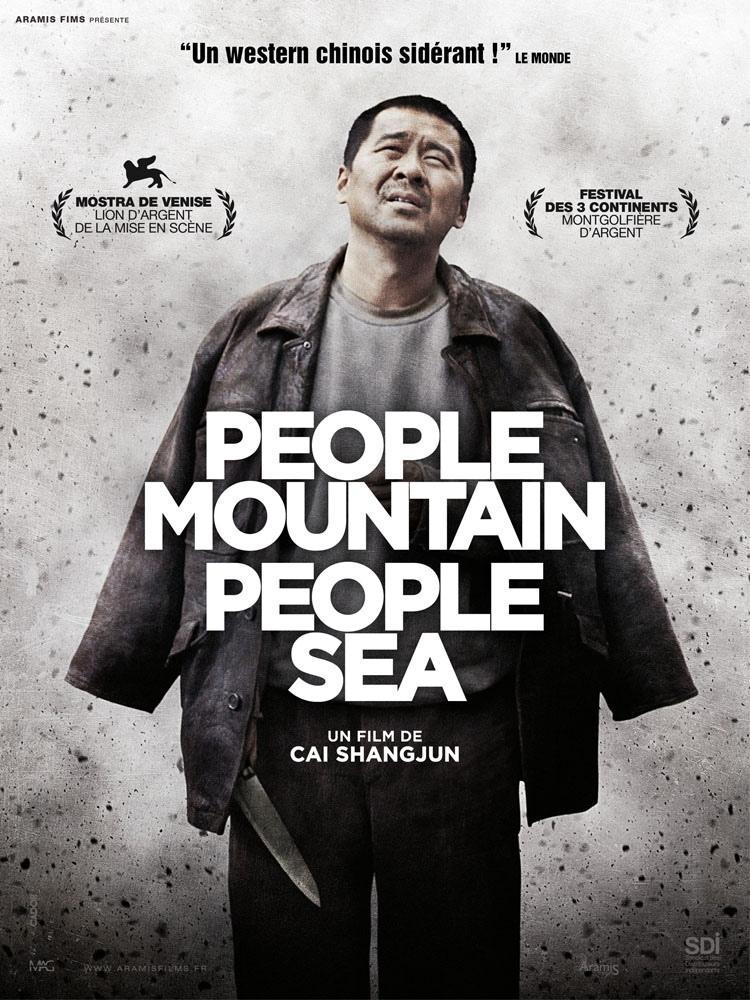
People Mountain, People Sea (2011) FilmAffinity
Egyptian sources call these wandering tribes "peoples of the sea" from which modern scholars adopted the name "Sea Peoples." Background The cultures of the Aegean and Near East enjoyed a period of remarkable prosperity and general stability in the fourteenth and thirteenth centuries b.c.
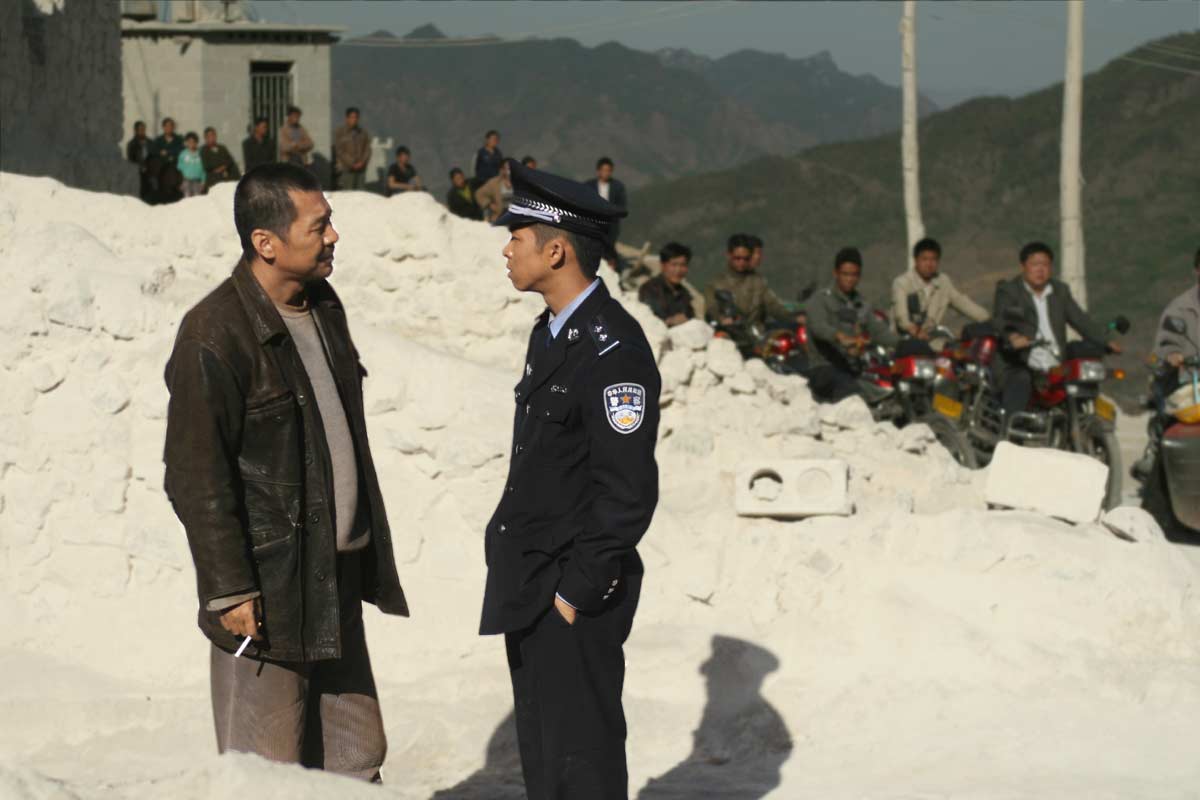
TIFF 2011 PEOPLE MOUNTAIN PEOPLE SEA Trailer and Photos FilmoFilia
1300 BCE - 1150 BCE. Egyptian sources name Lycia as the Lukka Lands and as part of a confederacy of ' Sea Peoples '. c. 1200 BCE. Sea Peoples invade the Levant . c. 1190 BCE. Ugarit is destroyed by the Sea Peoples . c. 1187 BCE. Kadesh is destroyed by the Sea Peoples and subsequently vanishes from history.

Wallpaper people, sea, shore, sand, beach, coast, walkway, vacation
The Sea Peoples were a confederacy of naval raiders who harried the coastal towns and cities of the Mediterranean region between c. 1276-1178 BCE, concentrating their efforts especially on Egypt. They are considered one of the major contributing causes to the Bronze Age Collapse (c. 1250-c.1150 BCE) and were once regarded as the primary cause.